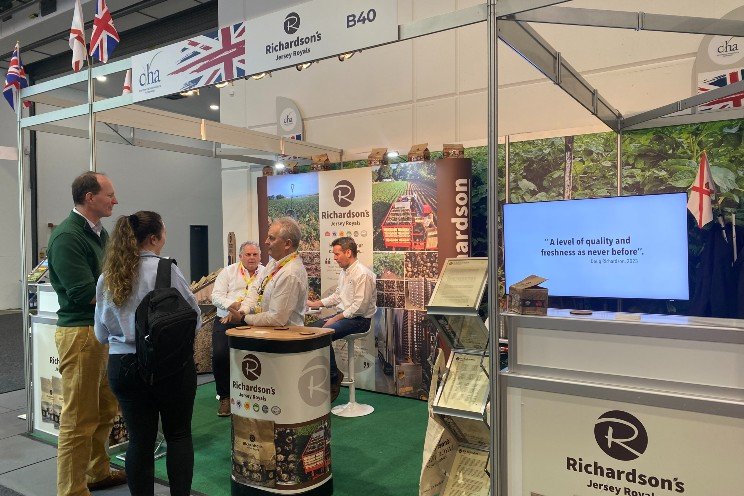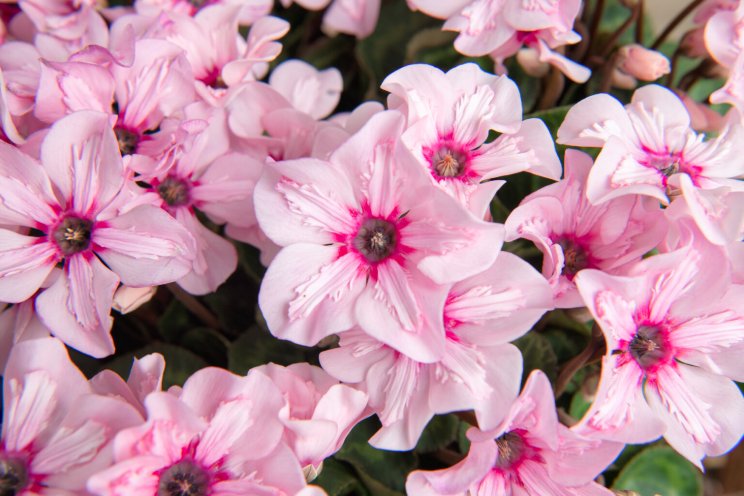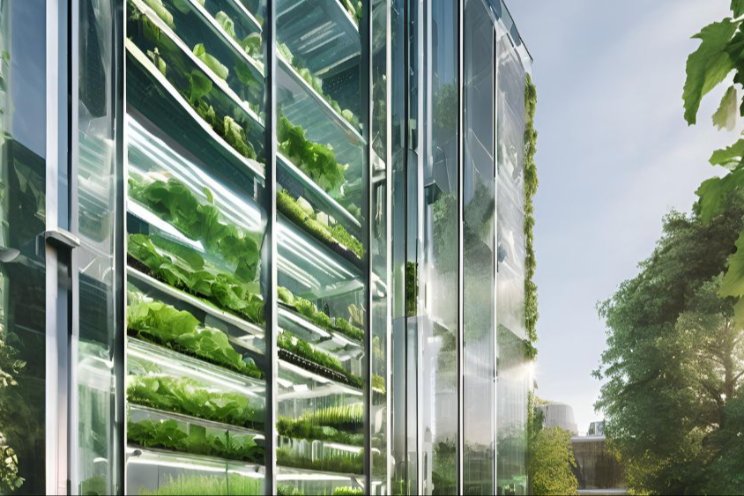Optimizing the efficiency of LED lighting schemes
Added on 03 May 2022

Vertical farming and indoor horticulture make an increasingly important contribution to the global food chain. However, the energy needed to support plant growth is significant, not least in terms of the power requirements for lighting. In recent years, this has led to the rapid growth of LED-based lighting systems, which offer inherent efficiencies over conventional incandescent or fluorescent grow lights. However, many growers are not reaping the full benefits of LED efficiency due to the energy losses incurred in the schemes that provide power to the LEDs.
In this article, we look at how a combination of a centralized — rather than a distributed — approach to LED power and the latest innovations in power supply technology can reduce the cost of bulk horticultural LED lighting schemes, as well as simplify their implementation and maintenance. This approach can help ensure that growers receive the maximum return from their LED lighting investment.
Driven by LED lighting, indoor horticulture rises in prominence
Indoor horticulture, or controlled environment agriculture (CEA), enables increased yields and more predictable growing conditions independent of the weather. As environmental issues come to the fore, food producers are looking to reduce energy consumption through improved efficiency.
Consumer awareness of the benefits of fresh, locally produced food have also increased rapidly. Through effective use of CEA, food that were previously imported from far away can now be grown closer to the point of consumption, reducing the cost of transport and its associated environmental consequences.
Photo Courtesy of iFarm
Source: LEDs Magazine
More news















